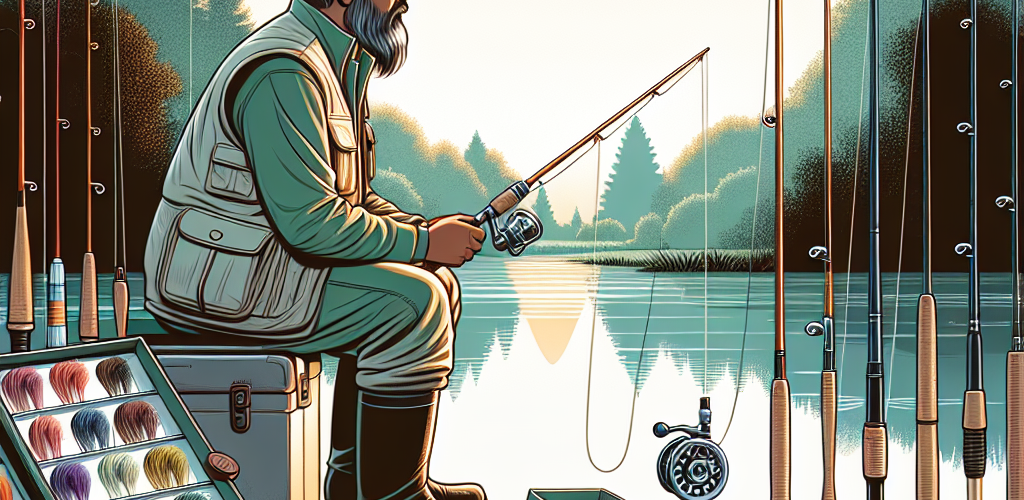Fly fishing is not just a sport; it’s an art form. To master this art, you need the right tools: the perfect rod and the best flies. Whether you’re a novice or a pro looking to refine your gear, this guide will take you through the intricacies of selecting what’s best for your type of fly fishing.
Understanding Fly Fishing Rods
Choosing the right fly fishing rod can make or break your fishing experience. Here’s what you need to consider:
1. Rod Length
Rod length varies depending on where you’re fishing:
- Small Streams: A 6-7 foot rod provides better maneuverability.
- Larger Rivers: Opt for a 9-foot rod for better line control.
- Lakes and Large Bodies of Water: A rod between 10 and 12 feet ensures long casts.
2. Rod Weight
The weight of the rod should match the weight of the fish you’re aiming to catch:
- Lightweight (1-3 weight): Ideal for small fish like brook trout or panfish.
- Medium (4-6 weight): Perfect for larger trout or bass.
- Heavy (7-9 weight): Best for saltwater fishing and catching large fish.
Pro Tip: Always balance your rod with a compatible reel weight for optimal performance!

3. Material
Rods are made from various materials:
- Fiberglass: Durable and flexible, great for beginners.
- Graphite: Lightweight and sensitive, suitable for precision casting.
- Bamboo: Classic and traditional; best for experienced anglers.
Choosing the Right Fly
The next step to mastering fly fishing is selecting the right fly. Here’s what you should know:
1. Types of Flies
- Dry Flies: Imitate insects that float on the water surface. Ideal for calm, clear waters.
- Nymphs: Mimic insects beneath the water surface. Great for catching fish attentive to underwater prey.
- Streamers: Imitate small fish or crayfish. Use in deep waters or fast-moving streams.
2. Fly Size
Fly size can affect your success rate significantly:
- Small Flies (Size 16-24): Effective for finicky fish. Often used in clear water.
- Medium Flies (Size 10-14): Versatile and beginner-friendly.
- Large Flies (Size 4-8): Best for aggressive fish; work well in murky waters.

Pro Tip: Match the hatch! Use flies that imitate the local insect population to increase your odds of hooking a catch.
3. Fly Color
Select fly colors based on water conditions and fish behavior:
- Bright Colors: Effective in murky or dark waters.
- Natural Colors: Blend in clear waters to avoid spooking fish.
Conclusion
Choosing the right fly fishing rod and flies can seem daunting, but understanding the water conditions and target fish can significantly improve your selection skills. Equip yourself with the right tools, practice patience, and soon the rhythmic dance of casting and reeling will lead to bountiful catches. Happy fishing!




